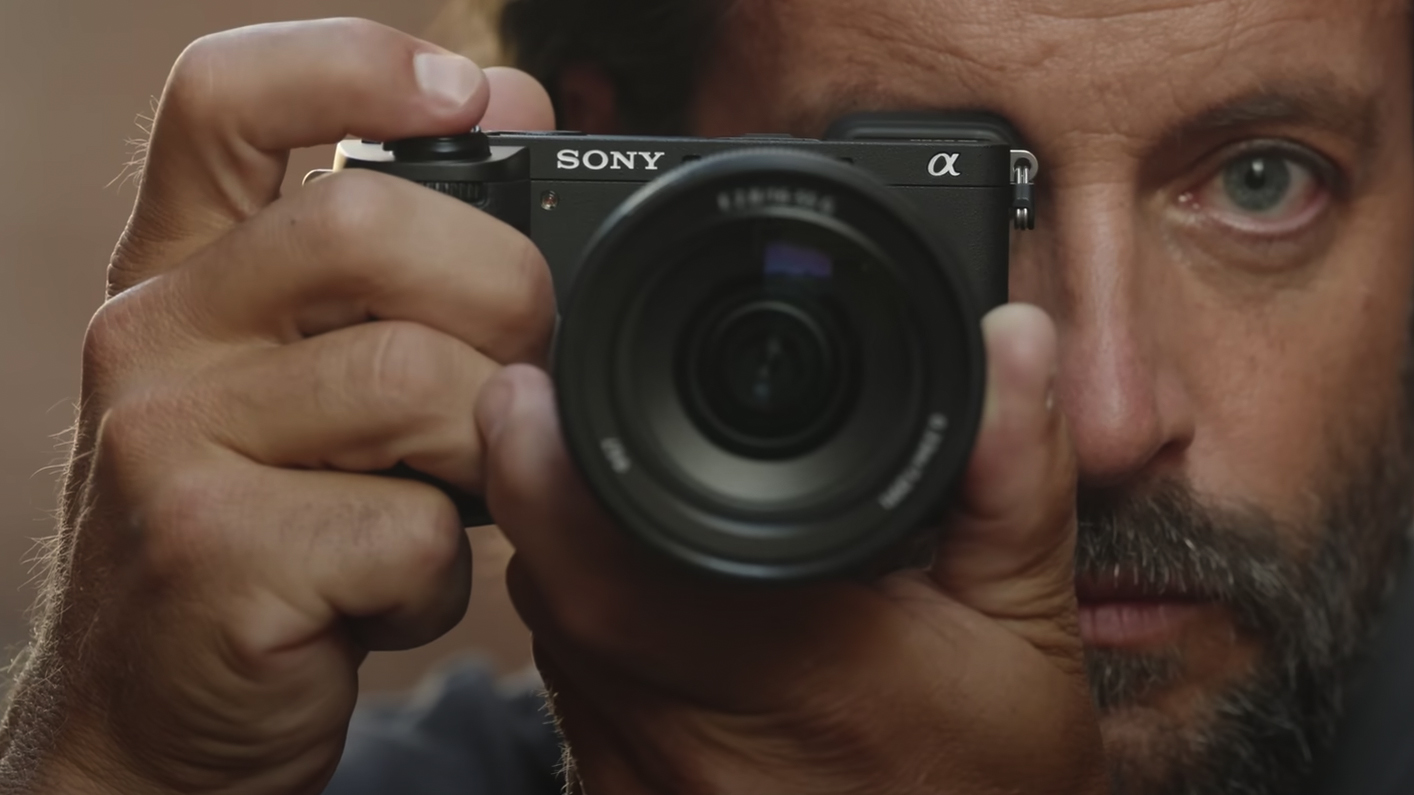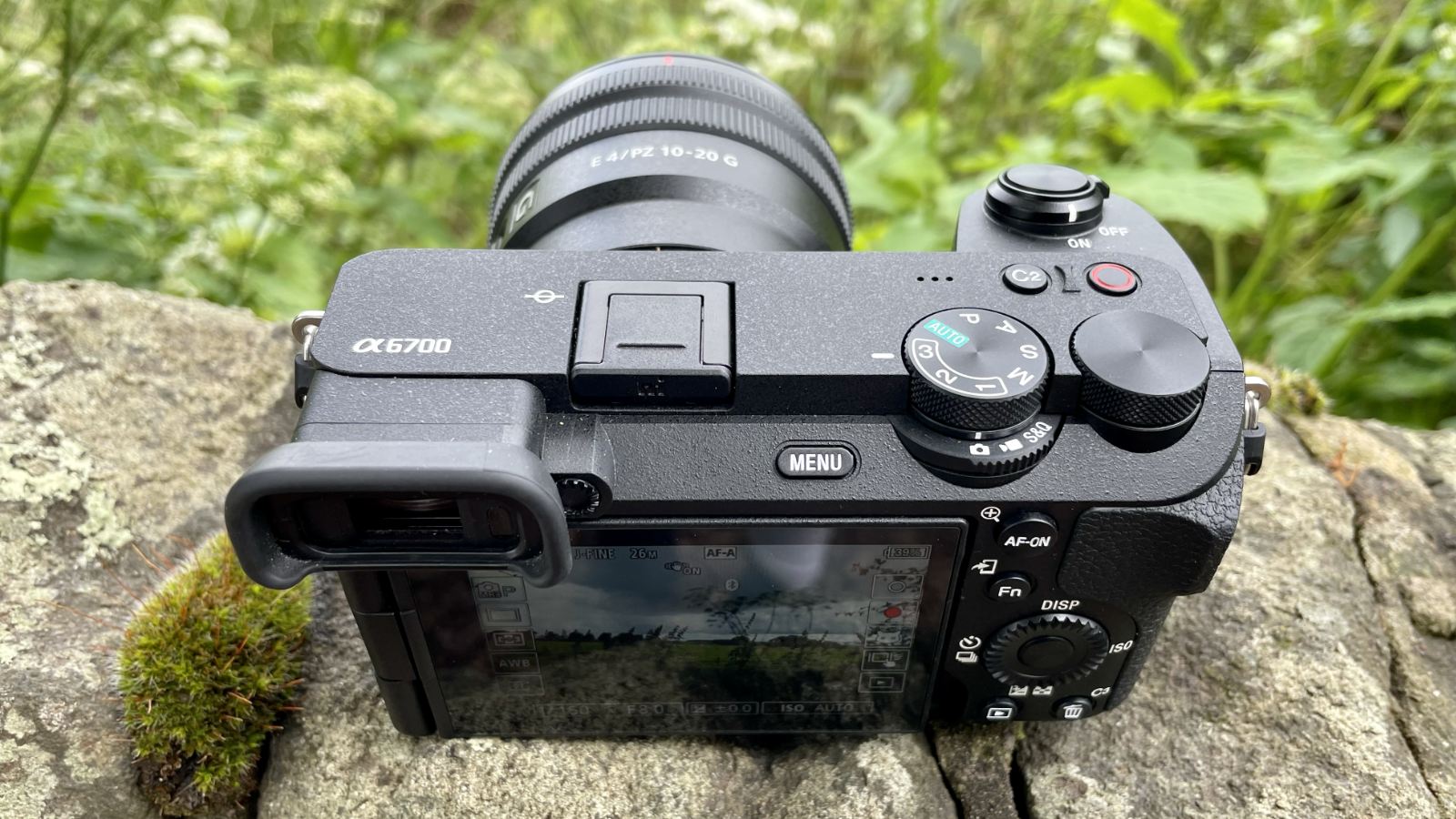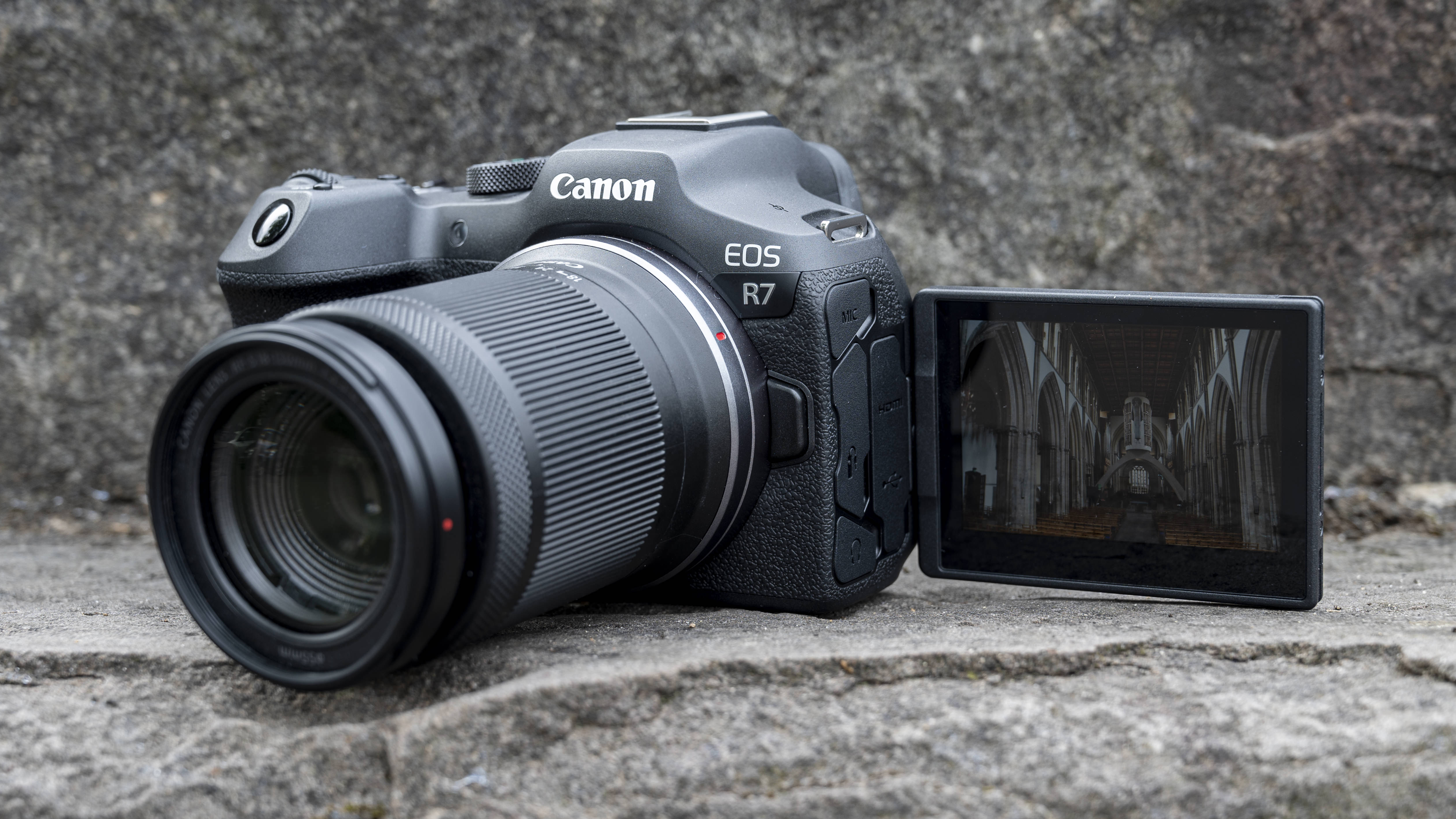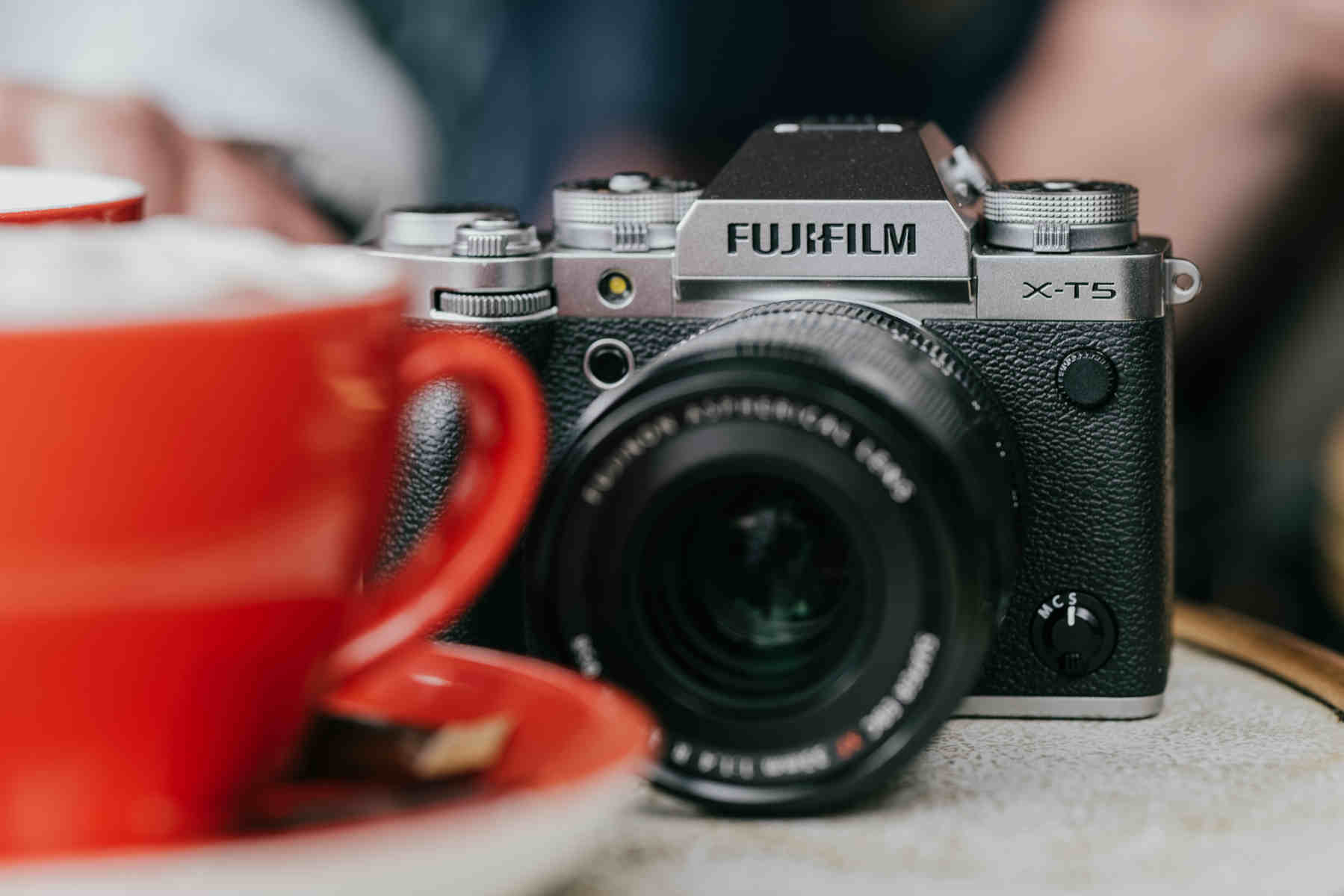
Sony’s enthusiast APS-C mirrorless cameras should be top of their class. After all, they boast some seriously impressive photography features – take the recent Sony A6700, which utilizes a 759-point AF array and AI-chipset for next-level subject-detection and tracking autofocus. Focusing is so effective, it’s almost cheating.
So, the A6700 is the best mirrorless camera available in 2023 for enthusiast photographers, right? Wrong. Capable as it is, there’s one thing holding it back: its design. It may well be one of the best travel cameras thanks to its compact form factor, but most photographers who want A6700-level tech, which includes 26MP stills up to 11fps, also want a camera that feels better in the hand.
Don’t get me wrong: the A6700 has a decent handgrip – it's better than the A6600's – and it’s also a rugged workhorse. However, its body design still somehow feels entry-level – and this is a body with a $1,400 / £1,450 / AU$2,500 list price.

Put simply, what Sony fans are asking for is a physically larger APS-C camera with kinder ergonomics, greater customization, and better balance with the kind of lenses they might use: long telephotos for wildlife and so on, of which Sony offers an unrivaled breadth of choice. A similar form factor to full-frame mirrorless cameras like the Sony A7 IV would suit – but so would a camera from a couple of Sony’s keenest rivals.
The Fujifilm and Canon way
Natural rivals to Sony’s best APS-C mirrorless camera in 2023 are the Canon EOS R7, and both the Fujifilm X-T5 and Fujifilm X-S20 – the A6700 is something between those two. I won't get drawn into dense comparisons between the cameras; suffice to say that the Canon and Fujifilm models sensibly match their high-performance features for trigger-happy enthusiasts with designs that work in real-world use.

The EOS R7 and X-T5 are bigger than the A6700, and consequently have more room to breathe. Their viewfinders are pronounced, on a raised bump in the centre of the camera, rather than squeezed into the top-left, and Sony's Canon and Fujifilm rivals sit better in the hand, too, with controls that are intuitively spread out. Both cameras have twin card slots and an AF joystick for making quick AF area selections. Put simply, these feel like proper photographer's tools.

The Sony A6700 is an improvement over the A6600, and introduced an additional front dial under the shutter button. However, it doesn’t have an AF joystick, it’s only got a single UHS-II card slot, and its controls are all-round fiddlier, while its ergonomics are a little awkward, especially with more serious lenses. It’s high-end spec with entry-level feel, and it doesn’t have to be like this.
Will Sony ever make a serious APS-C camera for photographers?
Sony already has the lens ecosystem to support a serious APS-C camera. It also has design blueprints from its full-frame cameras that it could migrate to the smaller APS-C format. Sony doesn’t have to reinvent the wheel to create a true enthusiast APS-C mirrorless camera for photographers; and I don't think such a camera would adversely impact its full-frame sales.
It’s time for Sony to make a more serious APS-C camera, or at the very least create an optional vertical grip for the A6700 to give more serious photographers the best of both worlds; a travel-friendly form factor that can be expanded for more serious photographic endeavors. Perhaps Sony sees APS-C as a novice sensor format, but there are many sports and wildlife photographers in particular who would disagree, and if Sony was to launch an APS-C camera in the mold of the Sony A7R V, then it could become the king of APS-C once more.







